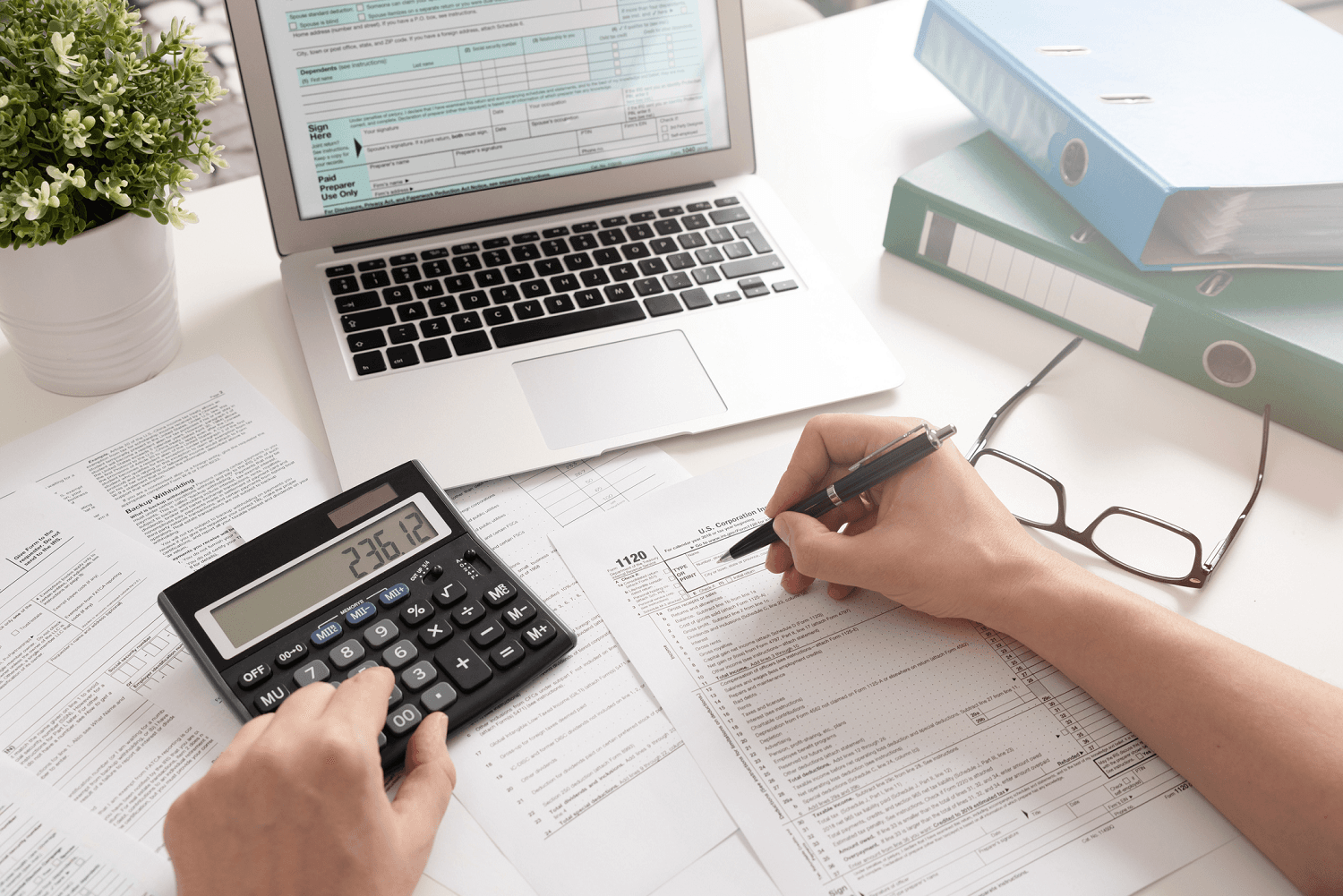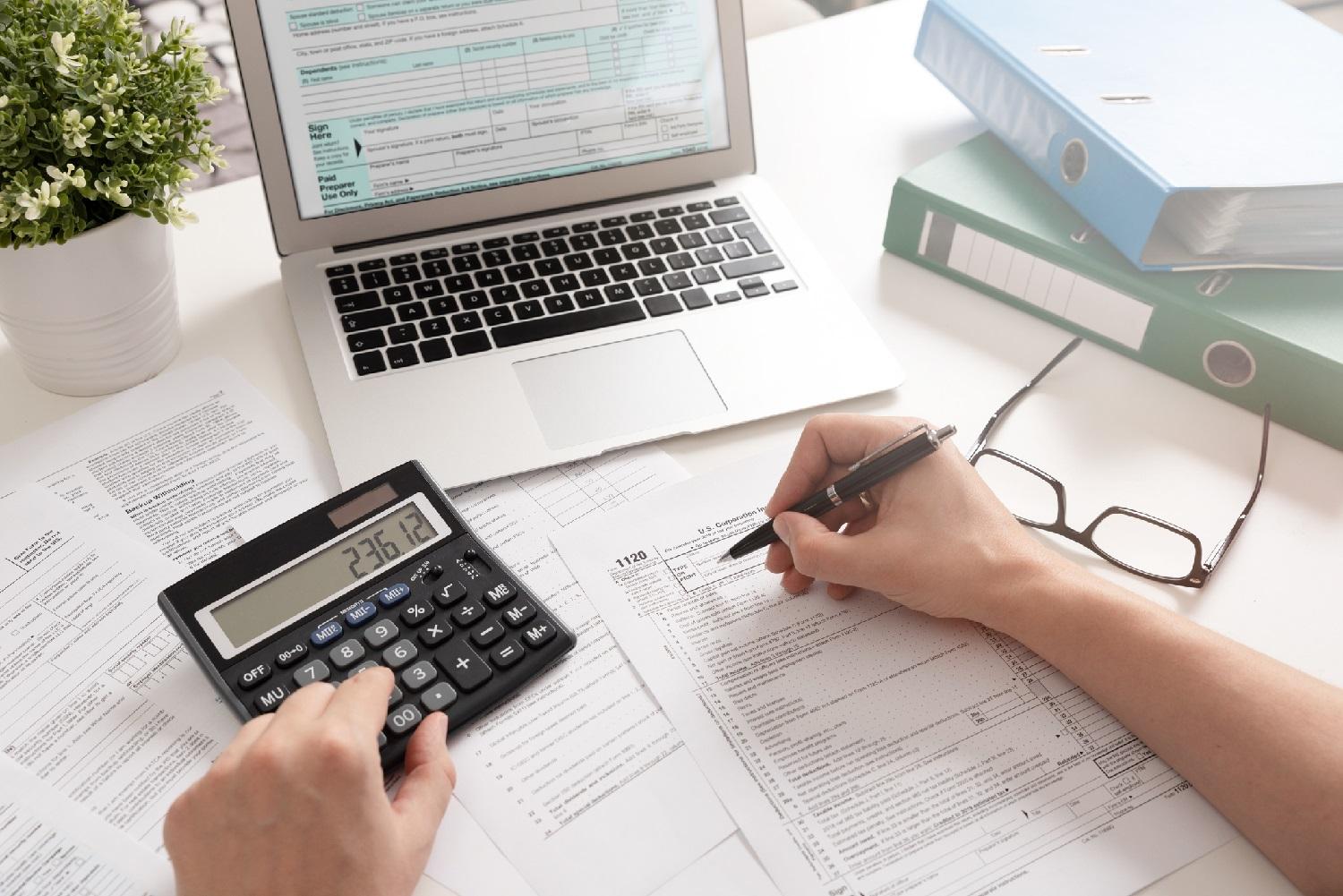MENU
Start
- Best Small Business Loans for 2024
- Businessloans.com Review
- Biz2Credit Review
- SBG Funding Review
- Rapid Finance Review
Our Recommendations
- 26 Great Business Ideas for Entrepreneurs
- Startup Costs: How Much Cash Will You Need?
- How to Get a Bank Loan for Your Small Business
- Articles of Incorporation: What New Business Owners Should Know
- How to Choose the Best Legal Structure for Your Business
Our Guides
- Business Ideas
- Business Plans
- Startup Basics
- Startup Funding
- Franchising
- Success Stories
- Entrepreneurs
Small Business Resources
Grow
- The Best Credit Card Processors of 2024
- Clover Credit Card Processing Review
- Merchant One Review
- Stax Review
Our Recommendations
- How to Conduct a Market Analysis for Your Business
- Local Marketing Strategies for Success
- Tips for Hiring a Marketing Company
- Benefits of CRM Systems
- 10 Employee Recruitment Strategies for Success
Our Guides
- Sales & Marketing
- Finances
- Your Team
- Technology
- Social Media
- Security
Small Business Resources
Lead
- Best Business Phone Systems of 2024
- The Best PEOs of 2024
- RingCentral Review
- Nextiva Review
- Ooma Review
Our Recommendations
- Guide to Developing a Training Program for New Employees
- How Does 401(k) Matching Work for Employers?
- Why You Need to Create a Fantastic Workplace Culture
- 16 Cool Job Perks That Keep Employees Happy
- 7 Project Management Styles
Our Guides
- Leadership
- Women in Business
- Managing
- Strategy
- Personal Growth
Small Business Resources
Find
- Best Accounting Software and Invoice Generators of 2024
- Best Payroll Services for 2024
- Best POS Systems for 2024
- Best CRM Software of 2024
- Best Call Centers and Answering Services for Busineses for 2024
Our Recommendations

Online only. Expires 4/27/2024
The Sole Proprietorship Tax Guide

Table of Contents
Federal, state and local agencies impose recordkeeping and filing requirements for all businesses. Fortunately, tax filing can be far simpler for sole proprietorships, especially those with no employees, than for other business legal structures. With a basic understanding of local, state and federal requirements, you can stay on top of your sole proprietorship’s tax obligations.
What is a sole proprietor?
If your activity’s primary function is to generate income or profit and is conducted “with continuity and regularity,” the Internal Revenue Service considers it a business.
Choosing a business legal structure is an important decision when you’re starting a business. A sole proprietorship is the simplest small business structure. It’s the form your business takes by default. If you own and run a business by yourself and haven’t chosen another business structure, such as a corporation, you are a sole proprietor.
If your business is a limited liability company (LLC), you may qualify to file your tax returns as a sole proprietor if you meet specific criteria.
How do sole proprietorships prepare and file their taxes?
When filing taxes, sole proprietors have it relatively easy compared with corporations, partnerships and other business legal structures. Most businesses must file separate, often lengthy reports with the IRS, including balance sheets and equity details. In contrast, a sole proprietorship may need to file as little as two pages to report business income and expenses.
Here are some key aspects of preparing and filing your taxes as a sole proprietor:
- Sole proprietors don’t file a business tax return. Sole proprietors don’t file a business return separately from their individual income taxes. Instead, they report business activities on Schedule C as part of Form 1040, U.S. Individual Income Tax Return.
- Sole proprietorship income is included in taxable personal income. On Schedule C, sole proprietors calculate profit or loss by adding all profit and income and subtracting the costs of goods and services and other allowed business expenses. The resulting business net profit is carried to Line 3 of Schedule 1, Form 1040. That income is included in your taxable personal income. If your business operates at a loss, that loss may reduce your total adjusted gross income.
- Tax software simplifies sole proprietorship taxes. You can fill out and file your return by hand. However, using one of the best online tax software solutions simplifies the process considerably. Tax software may be worth the cost because it saves you time and helps you find all of the tax benefits to which you are entitled.
- Sole proprietors should understand local regulations. Consult your state and local tax laws regarding state sales tax, excise tax and other requirements for your business.
When starting a sole proprietorship, you’ll need to decide if you want to use your personal name or establish a DBA (doing business as) name.
How do sole proprietors pay self-employment taxes?
If you’re new to paying taxes as a sole proprietor, you may be surprised at the amount you owe in Social Security and Medicare taxes, also called self-employment taxes. Employees pay half of their Social Security and Medicare tax, and their employers pay the other half. In contrast, self-employed individuals who make a net profit of more than $400 per year must pay the entire tax themselves.
The self-employment tax rate is 15.3 percent of net income from self-employment, with 12.4 percent going to Social Security and 2.9 percent going to Medicare.
As a sole proprietor, your self-employment tax costs may often exceed your income tax bill. Plan ahead so your tax bill doesn’t take you by surprise.
How and when do sole proprietors make estimated tax payments?
One of your most important tax obligations as a sole proprietor is to determine whether you must make estimated federal and state income tax payments quarterly. You must pay quarterly estimated tax if both of the following statements are true:
- You anticipate owing at least $1,000 in taxes after subtracting your withholding and refundable credits.
- You expect your withholding tax and refundable credits to be less than the smaller of the following:
- 90 percent of the taxes to be shown on your upcoming tax return, or
- 100 percent of the taxes shown on your tax return from the previous year, if that return covers all 12 previous months
You can use IRS Form 1040-ES to estimate your required payments. However, using tax software is easier and more accurate. Your tax software’s business module typically uses the current year’s information and asks additional questions to calculate the amount of estimated tax you should pay. It even prepares vouchers to print and mail with your payments.
Your estimated tax payments for the tax year are due on the following dates:
- First-quarter payment: April 15 of the current year
- Second-quarter payment: June 15 of the current year
- Third-quarter payment: Sept. 15 of the current year
- Fourth-quarter payment: Jan. 15 of the following year
If the date falls on a weekend or holiday, the payment is due the following business day.
What deductions should sole proprietors keep in mind?
Tax benefits can go a long way in reducing your business’s tax liability, especially when you’re a sole proprietor. Some credits and deductions available to all business types include the following:
- Energy-efficiency credits: You can take advantage of the Manufacturers’ Energy Efficient Appliance Credit, the Plug-in Electric Drive Vehicle Credit, and other similar credits.
- Self-employed health insurance deduction: The self-employed health insurance deduction can help if you pay for insurance for yourself, your spouse and any dependents. Even if you don’t itemize deductions on your tax return, this deduction can still happen as an “above-the-line” item. You cannot deduct more than your net taxable income from your business.
- Business operating expense deductions: You can deduct business operating expenses that the IRS considers “ordinary and necessary.” Equipment, capital improvements and other reasonable expenses can be considered potential deductions in the current year or spread over a period of years through depreciation and amortization. Furthermore, if you work out of your home, some home-office costs, including a portion of your rent and utilities, can be deducted if part of your home is dedicated solely to your business.
- Additional deductions: The federal Tax Cuts and Jobs Act of 2017 created new pass-through tax deductions of up to 20 percent of net business income earned for small businesses. This deduction runs until 2025 for qualifying businesses and is phased out for higher-income taxpayers.
Tax deductions are crucial. Every dollar you deduct as a business expense saves you about 15 cents in self-employment tax. That’s in addition to potentially lowering your federal and state income tax bills.
Stay organized, and keep sole proprietorship taxes simple
The secret to keeping up with your taxes — and paying as little tax as legally possible — is to plan and organize ahead of time. The tax filing requirements for sole proprietorships are more straightforward than those for corporations, partnerships and other types of business structures.
With basic planning, an organized recordkeeping system and good tax software, you’ll ensure that filing your taxes as a sole proprietor won’t keep you away from the crucial work of succeeding at self-employment.
Andrew Martins contributed to this article.















